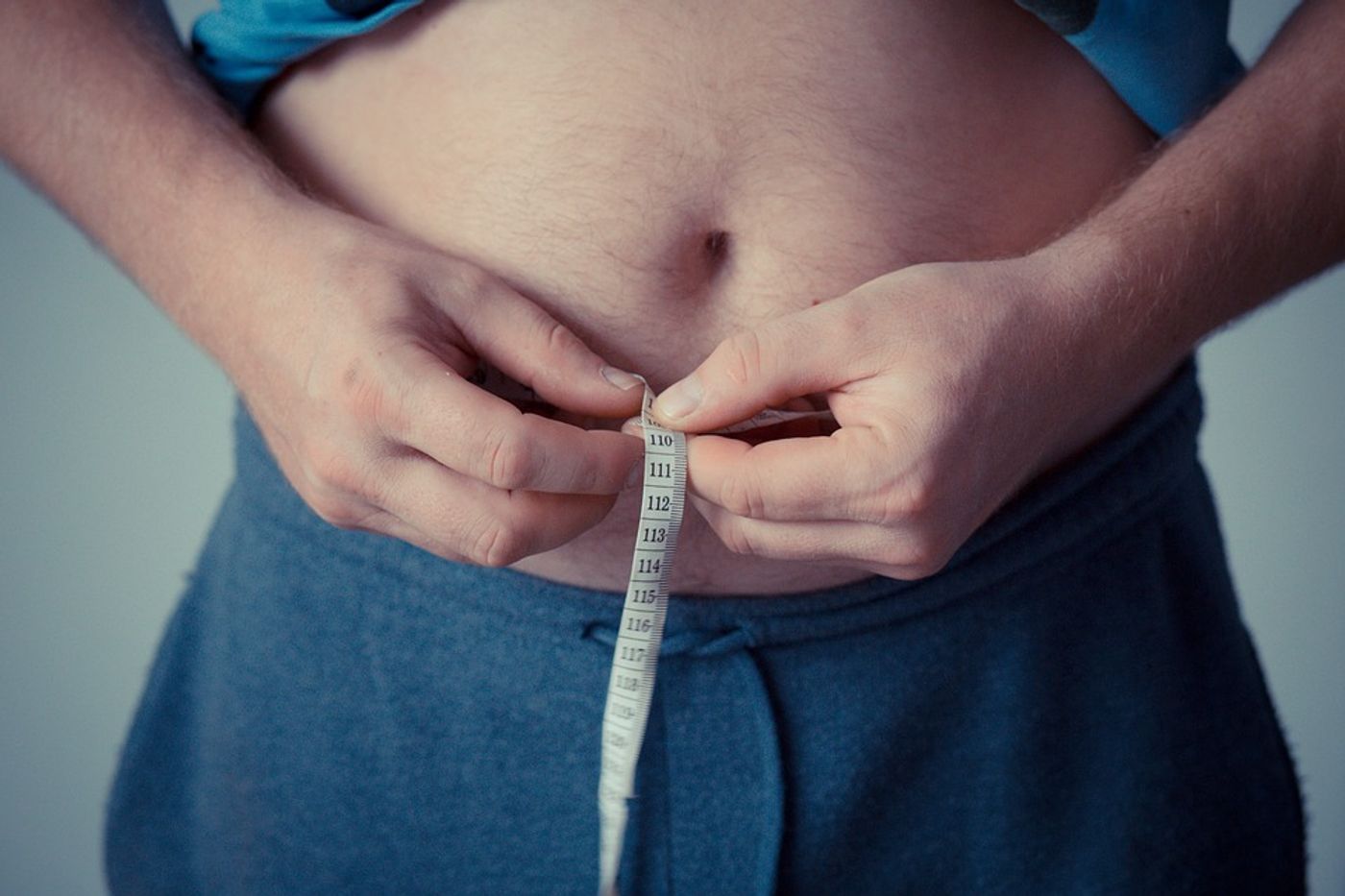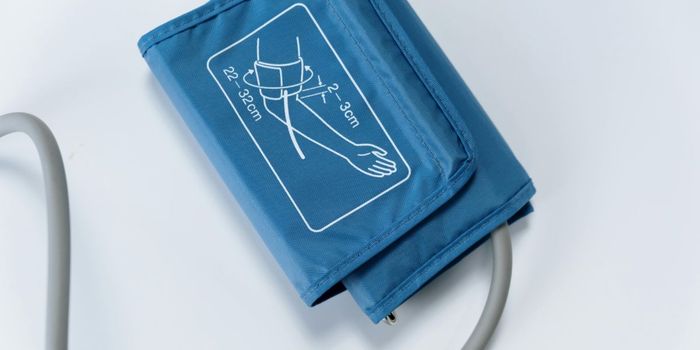Gender-Based Differences in Fat Distribution Skews Risk for Heart Disease
The reason why people of the same weight can have very different risk profiles for heart disease is because the distribution and type of fat in the body may be more important than how much fat is stored, a new study from the Radiological Society of North America shows.
The new study looked at the implications of fat distribution, including fundamental differences between men and women, and the risk for heart attack, stroke, diabetes, and other cardiovascular-related diseases, collectively dubbed the “cardiometabolic risk.”
"We hypothesized that there are gender-based differences in body composition and ectopic fat depots and that these could be associated with gender-specific risk profiles for diseases like diabetes, heart disease and stroke," explained lead author Miriam A. Bredella, MD.
Ectopic fat deposits typically surround blood vessels, muscles, and organs near the abdominal region and the liver, making them more dangerous than other types of fat deposits in terms of cardiometabolic risk.
Two hundred overweight and obese participants were enrolled in the new study, with about a 50:50 ratio of men to women, and who had no other diagnosed serious health problems. The participants were an average age of 37 and all shared similar BMIs.
Researchers used CT scans as well as a technology called dual-energy x-ray absorptiometry (DXA) to measure body composition, and magnetic resonance spectroscopy (MRS) for fat quantification and analysis.
The results showed that in general, women had more fat but lower lean mass. Men had more ectopic fat depots in the abdomen, muscles, and surrounding internal organs, mainly the liver. Not surprisingly, men also proved to have higher cardiometabolic risk overall. However, this wasn’t because of ectopic fat; ectopic fat in women was much more strongly associated with cardiometabolic risk than it was in men.
This study shows that the fat distribution patterns that are different between men and women also have different impacts for men and women, and thus affect cardiometabolic risk differently for men and women. These results explain why people who weigh the same or who share similar BMIs can have very different cardiometabolic risk profiles.









